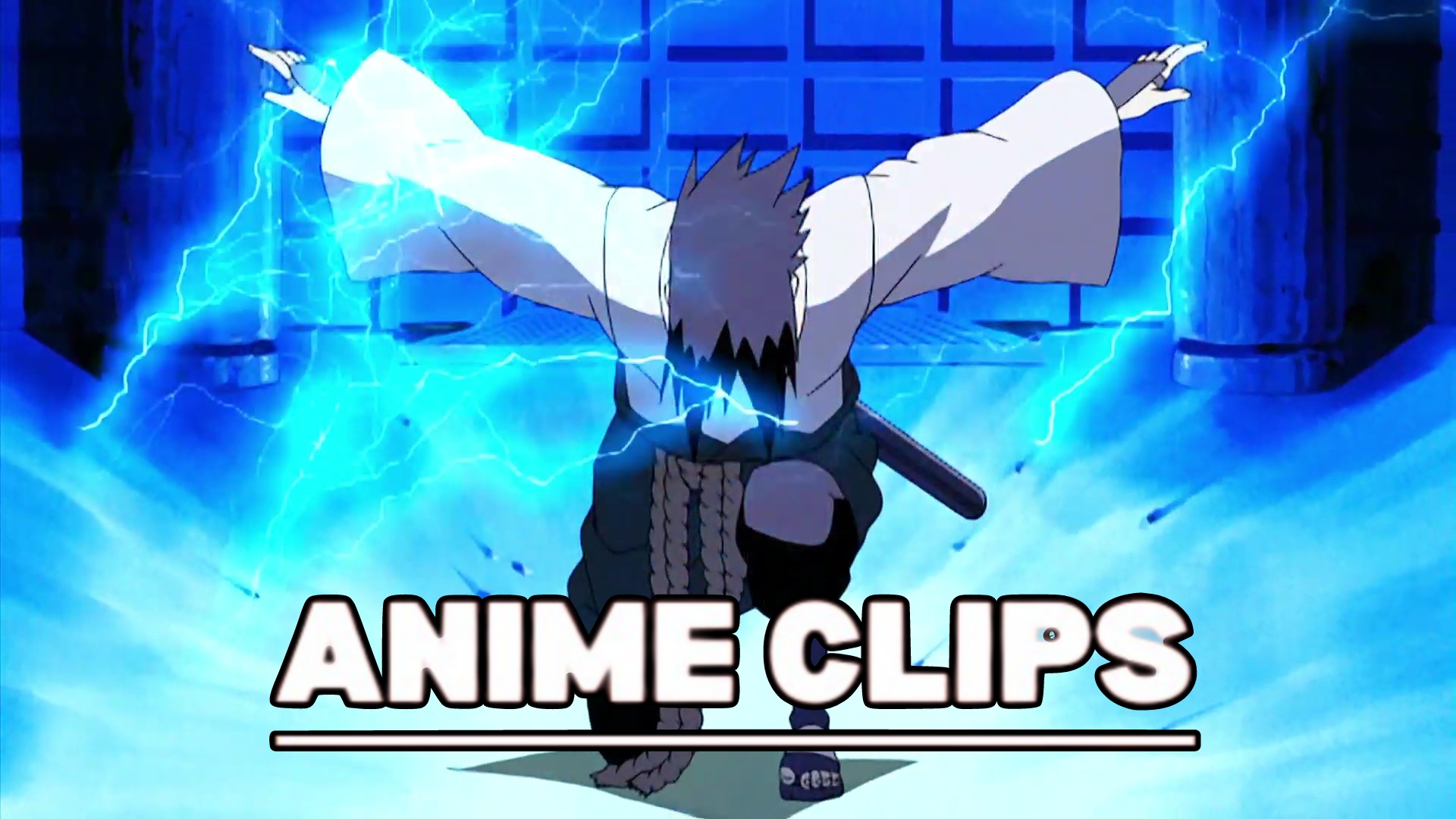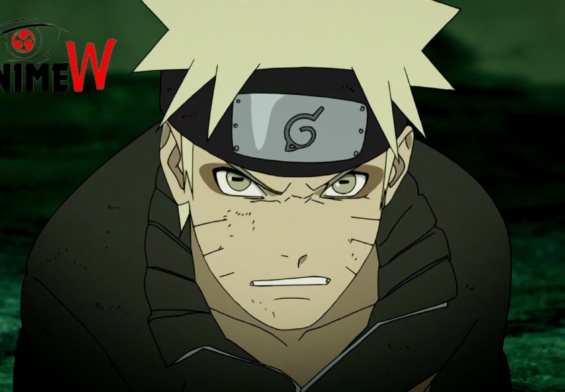SASUKE CHIDORI
Sasuke Uchiha’s Chidori is a powerful and iconic technique in the Naruto series, created by Masashi Kishimoto. This lightning-based jutsu holds significant importance in Sasuke’s arsenal and plays a crucial role in his development as a ninja.
The Chidori, also known as the Raikiri (Lightning Cutter), is an advanced form of the Lightning Release nature transformation. Sasuke initially learns this technique from his older brother, Itachi Uchiha, who developed it to counter their clan’s traditional technique, the Uchiha Clan’s Fire Release: Great Fireball Technique. The Chidori involves shaping lightning chakra in one’s hand, resulting in a high-frequency electrical current that emits a distinctive chirping sound, hence its name.
From a thematic standpoint, the Chidori symbolizes Sasuke’s desire for power and vengeance. Fueled by his pursuit of strength to defeat Itachi and avenge the Uchiha clan, Sasuke becomes determined to master this formidable technique. The Chidori becomes a representation of his inner turmoil and the darkness that consumes him on his journey.
The practical application of the Chidori is versatile. Initially, Sasuke uses it primarily for close-quarters combat, channeling the lightning into his hand to enhance the piercing power of his strikes. The jutsu is known for its speed, allowing Sasuke to close the gap between himself and his opponents swiftly. However, the technique’s drawback lies in its tunnel vision effect, leaving Sasuke vulnerable to counterattacks.
As Sasuke’s skills progress, so does the Chidori. He refines and enhances the technique, eventually evolving it into the more potent and visually distinct form of the Raikiri. This transformation signifies Sasuke’s mastery over the Chidori, making it even deadlier and more refined. The Raikiri’s cutting power is so immense that it can slice through almost anything, earning its reputation as a “lightning cutter.”
The Chidori also serves as a plot device, driving pivotal moments in Sasuke’s narrative. During the Battle of the Valley of the End against Naruto Uzumaki, Sasuke employs the Chidori in an attempt to finish the fight. However, Naruto counters with the Rasengan, resulting in a clash that alters the course of their destinies. This iconic encounter showcases the thematic clash between Sasuke’s pursuit of power and Naruto’s commitment to friendship.
The Chidori’s symbolism extends beyond its offensive capabilities. It becomes a metaphor for Sasuke’s internal struggle with the darkness within him. As he grapples with the consequences of his choices, the Chidori serves as a reflection of the destructive path he treads. This symbolism is heightened during Sasuke’s confrontation with Itachi, where the Chidori is used in their final, tragic encounter.
The Chidori’s narrative impact extends to Sasuke’s journey of redemption. Following his departure from Konoha and immersion into darkness, Sasuke seeks to destroy the village. However, his perspective shifts after facing Naruto in their climactic battle. The Chidori becomes a symbol of change as Sasuke redirects his path, choosing to protect rather than destroy.
In the sequel series, “Boruto: Naruto Next Generations,” Sasuke continues to utilize the Chidori, demonstrating its enduring significance. His mastery of the technique serves as a testament to his growth as a character and his evolution from avenger to protector.
In conclusion, Sasuke Uchiha’s Chidori is more than a powerful jutsu; it is a narrative cornerstone that reflects his character’s complexities, aspirations, and growth. From its inception as a symbol of vengeance to its transformation into the Raikiri and eventual role in Sasuke’s redemption, the Chidori remains a defining element of his journey in the Naruto series.





